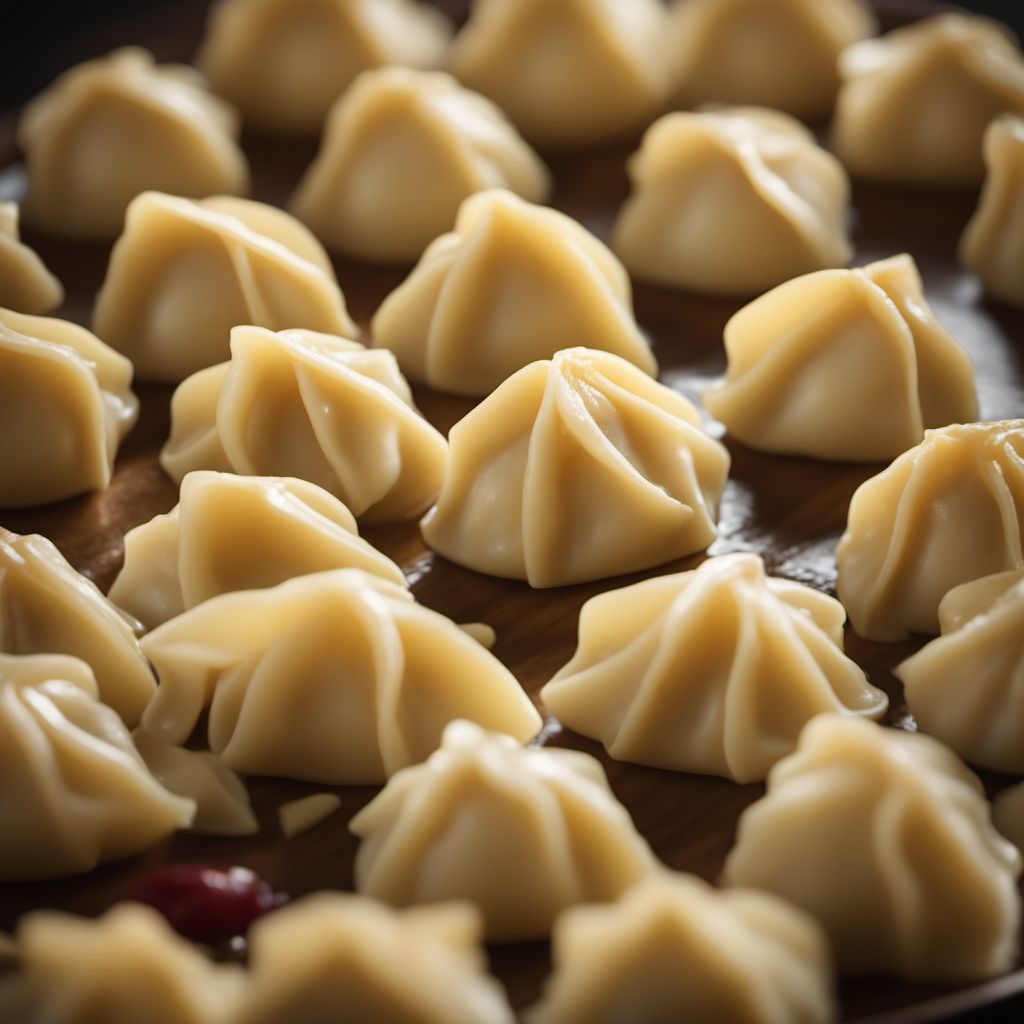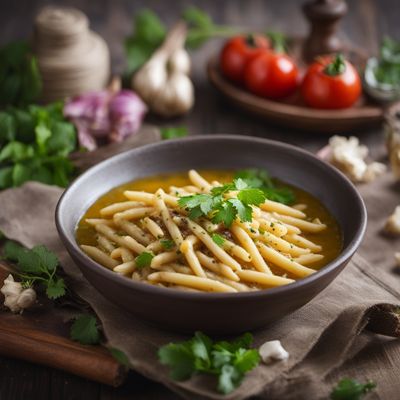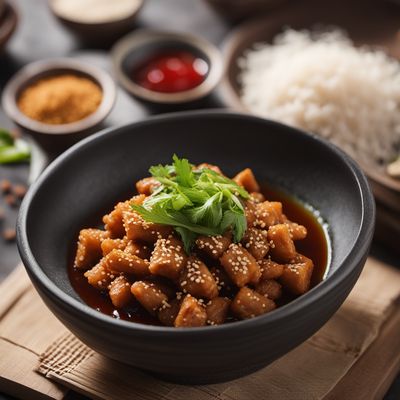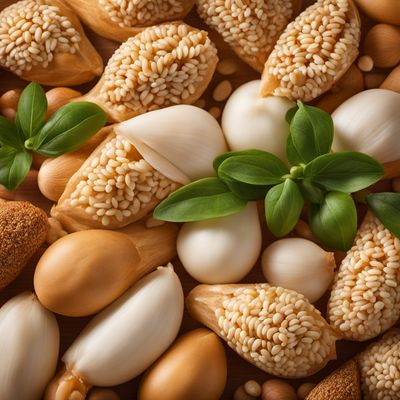
Ingredient
Fresh stuffed egg pasta
Delicate Pillows of Flavor: Exploring Fresh Stuffed Egg Pasta
Fresh stuffed egg pasta is made from a combination of flour, eggs, and sometimes water, resulting in a tender and silky dough. This pasta is typically rolled out thinly and filled with a variety of ingredients such as cheese, meat, vegetables, or seafood. The dough is carefully folded or shaped to encase the filling, creating small pockets of deliciousness. The texture of fresh stuffed egg pasta is soft yet slightly chewy, providing a satisfying bite. Its appearance is often characterized by its vibrant color and the visible fillings peeking through the translucent pasta sheets.
Origins and history
Fresh stuffed egg pasta has its roots in Italian cuisine, particularly in regions like Emilia-Romagna and Piedmont. The tradition of making stuffed pasta dates back centuries, with recipes being passed down through generations. This pasta was initially created as a way to use up leftover ingredients, making it a practical and delicious solution. Over time, fresh stuffed egg pasta gained popularity and became a staple in Italian households and restaurants, showcasing the creativity and culinary expertise of the region.
Nutritional information
Fresh stuffed egg pasta is a good source of carbohydrates and protein due to its combination of flour and eggs. It also provides essential vitamins and minerals, such as iron and B vitamins. However, the nutritional content can vary depending on the filling and sauce used.
Allergens
Fresh stuffed egg pasta may contain allergens such as wheat (gluten) and eggs. Individuals with gluten or egg allergies should exercise caution and check the ingredients before consuming.
How to select
When selecting fresh stuffed egg pasta, look for packages that are tightly sealed and free from any signs of moisture or mold. The pasta should have a vibrant color and a slightly firm texture. If purchasing from a farmers market or specialty store, opt for handmade options that are freshly made.
Storage recommendations
To maintain the freshness and quality of fresh stuffed egg pasta, it is best to store it in the refrigerator. Place the pasta in an airtight container or wrap it tightly in plastic wrap to prevent it from drying out. It is recommended to consume the pasta within 2-3 days of purchase or preparation.
How to produce
Producing fresh stuffed egg pasta at home requires some skill and practice. Amateur cooks can start by making the pasta dough from scratch using a combination of flour, eggs, and water. After rolling out the dough, fill it with their desired ingredients and shape it into the desired form, such as tortellini or ravioli.
Preparation tips
To prepare fresh stuffed egg pasta, bring a large pot of salted water to a boil. Gently add the pasta and cook until it floats to the surface, indicating that it is cooked through. Be careful not to overcook the pasta, as it can become mushy. Serve the pasta with your favorite sauce, such as a simple tomato sauce or a creamy Alfredo sauce. To enhance the flavors, consider adding fresh herbs, grated cheese, or a drizzle of olive oil.
Culinary uses
Fresh stuffed egg pasta is commonly used in a variety of Italian dishes, such as tortellini, ravioli, and agnolotti. It can be served with a wide range of sauces, from classic marinara to rich and creamy options. This pasta also pairs well with ingredients like mushrooms, spinach, ricotta cheese, and various meats, allowing for endless culinary creations.
Availability
Fresh stuffed egg pasta is commonly available in Italy and can be found in Italian specialty stores or gourmet markets worldwide. It is also possible to find fresh stuffed egg pasta in some upscale supermarkets or made-to-order at local pasta shops.
More ingredients from this category
Recipes using Fresh stuffed egg pasta » Browse all

Passatelli in Brodo - Uttar Pradesh Style
Savory Parmesan Dumplings in Fragrant Spiced Broth - A Taste of Uttar Pradesh

Manduguk - Korean Dumpling Soup
Savory Delight: Korean Dumpling Soup - A Comforting Bowl of Flavor

Chinese-style Dumplings
Oriental Dumplings with a Twist

Vegetarian Gyoza
Savory Veggie Dumplings: A Vegetarian Twist on Gyoza

Gatta Curry with Fragrant Basmati Rice
Spiced Chickpea Dumplings in Creamy Tomato Curry

Brandenburg Gatta Curry
Savory Gatta Delight: A Brandenburg Twist on Indian Cuisine

Bhalla - Savory Lentil Dumplings in Yogurt Sauce
Velvety Delights: Indulge in the Creamy Goodness of Bhalla

Croatian-style Gyoza
Delicious Croatian Dumplings: Gyoza with a Twist

Molecular Gastronomy Gyoza
Gyoza Reimagined: A Molecular Gastronomy Twist

Dango Soup
Savory Dumpling Delight

Homemade Zhaliang with Sesame Sauce
Savory Rice Noodle Rolls with Irresistible Sesame Sauce

Vietnamese-style Dim Sum
Bánh Dim Sum: A Vietnamese Twist on Chinese Delicacy
